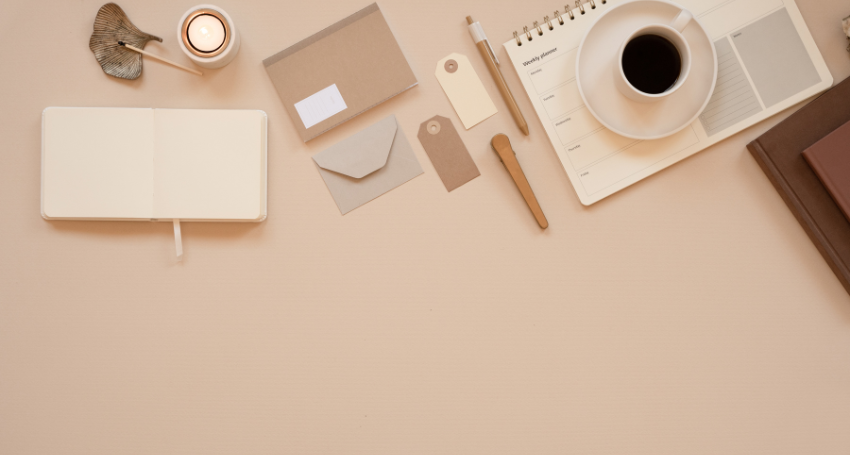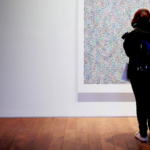Ever puzzled what the equal note to D# is? Understanding musical notes can be a piece like gaining knowledge of a brand new language note equivalent to d# nyt. But don’t fear; we’re here to make it less complicated for you. Knowing about notes like D# is essential for all and sundry worries in song, whether you are composing, playing, or just appreciating it.
Note equivalent to d# nyt
Musical notes are the constructing blocks of a song. They inform us what sound to play and for how long. Without these, developing track could be nearly not possible. Think of them as the letters in the alphabet of track.
What is D# (D Sharp)?
D# (D sharp) is a musical word that sits between D and E on the chromatic scale. It’s one of those notes that can add a completely unique taste to music. On a piano, you’d discover it because the black key right away is the proper D key.

Musical Scales and D#
The Chromatic Scale
The chromatic scale consists of all twelve notes to be had in an octave. If you start at C and play each unmarried observer until you reach the next C, you’ve performed a chromatic scale. D# is one of those twelve notes.
The Major and Minor Scales Involving D#
D# appears in several main and minor scales. For example, inside the E primary scale (E, F#, G#, A, B, C#, D#, E), D# is the 7th observation. In the B most important scale, D# appears because of the 0.33 word.
Enharmonic Equivalents
Definition of Enharmonic Equivalents
Enharmonic equivalents are notes that sound the same but are written otherwise. For example, D# is the enharmonic equal of E♭ (E flat). They are played using the same key on a piano however named in another way relying on the musical context.
Importance in Music Theory
Understanding enharmonic equivalents is crucial because it enables in analyzing and decoding songs correctly. Sometimes a bit would possibly use D#, and different times it might use E♭, depending on the important thing signature and harmonic context.
Note Equivalent to D#
So, what is the word equal to D#? It’s E♭. They sound equal but are named in a different way in different contexts. Think of it like synonyms in language – unique phrases, identical that means.
How to Identify Enharmonic Equivalents
Techniques and Tips
To perceive enharmonic equivalents, familiarize yourself with the chromatic scale. Practice naming every be aware and its equivalent. For example, bear in mind that C# is similar to D♭, and F# is the same as G♭.
Examples of Enharmonic Equivalents in Different Scales
In the key of E principal, the notes are E, F#, G#, A, B, C#, and D#. In the key of F minor, you will find E♭ as one of the notes. Understanding those scales helps in recognizing while applying every word name.
Playing D# on Different Instruments
Piano
On the piano, D# is the black key without delay to the right of D.
Guitar
On a guitar, D# can be played at the 11th be troubled of the sixth string, amongst other positions.
Violin
For violin, D# is located via setting your finger on the D string, one half-of-step higher than D.
Wind Instruments
Wind gadgets like the clarinet or flute have unique fingerings for D#. Consult a fingering chart on your instrument.
D# in Different Music Genres
Classical
In classical music, D# seems in many compositions, adding brightness to the melody.
Jazz
Jazz musicians regularly useD# in solos and improvisations for its sharp, crisp sound.
Rock
In rock tune, D# is probably used in riffs and solos, adding a distinctive area.
Pop
Pop songs on occasion use D# to create catchy hooks and remarkable melodies.
Composing Music with D#
Tips for Composers
When composing, experiment with D# to feature anxiety and backbone. It works nicely in modulations and might create thrilling harmonic progressions.
Famous Compositions Featuring D#
Many famous compositions, which include Beethoven’s “Moonlight Sonata,” function D#. Listen to those portions to understand its use.
Challenges with D#
Common Difficulties for Beginners
Beginners might war with finger positioning or recognizing D# with the aid of ear. It takes practice to get comfortable with it.
How to Overcome Them
Practice scales and sporting activities that include D#. Use ear training apps to improve your popularity.
D# and Music Theory
The Role of D# in Chord Progressions
D# frequently appears in chords like E major (E, G#, B), in which it serves as the essential 7th. It’s also a important part of the B major chord (B, D#, F#).
Circle of Fifths and D#
In the circle of fifths, D# is related to keys like B predominant and G# minor. Understanding its role helps in studying key signatures.
Practical Exercises
Ear Training with D#
Use apps or on line equipment to exercise identifying D#. Play durations and chords that encompass D# to sharpen your ear.
Finger Exercises for Instruments
On your tool, exercise scales that encompass D#. Focus on clean transitions among notes to improve your method.
D# in Music Education
Teaching D# to Students
When teaching D#, begin with easy scales and pieces. Gradually introduce extra complicated sports to construct self assurance.
Resources for Learning
Books, online publications, and apps are outstanding assets for gaining knowledge of about D#. Look for substances that include exercises and concept explanations.

revel in. So, dive in, exercise, and revel in the journey via the world of D#.
FAQs
What is the note equal to D#?
The notice equivalent to D# is E♭. They are enharmonic equivalents, which means they sound the same but are named differently.
How do I play D# on a guitar?
On a guitar, you can play D# on the eleventh be concerned of the sixth string, among other positions.
Is D# a common observation in pop songs?
Yes, D# is utilized in pop music, regularly to create catchy hooks and remarkable melodies.
What are a few famous songs that use D#?
Many classical pieces, like Beethoven’s “Moonlight Sonata,” function D#. In present day track, it is utilized in various genres, including rock and jazz.
How can I enhance my capability to recognize D# by way of ear?
Practice ear training with apps and exercises that focus on identifying notes. Play periods and chords that include D# to sharpen your popular talents.
Conclusion
Understanding D# and its equal E♭ opens up a global of musical opportunities. Whether you are gambling, composing, or just taking part in song, knowing these notes enriches your musical





